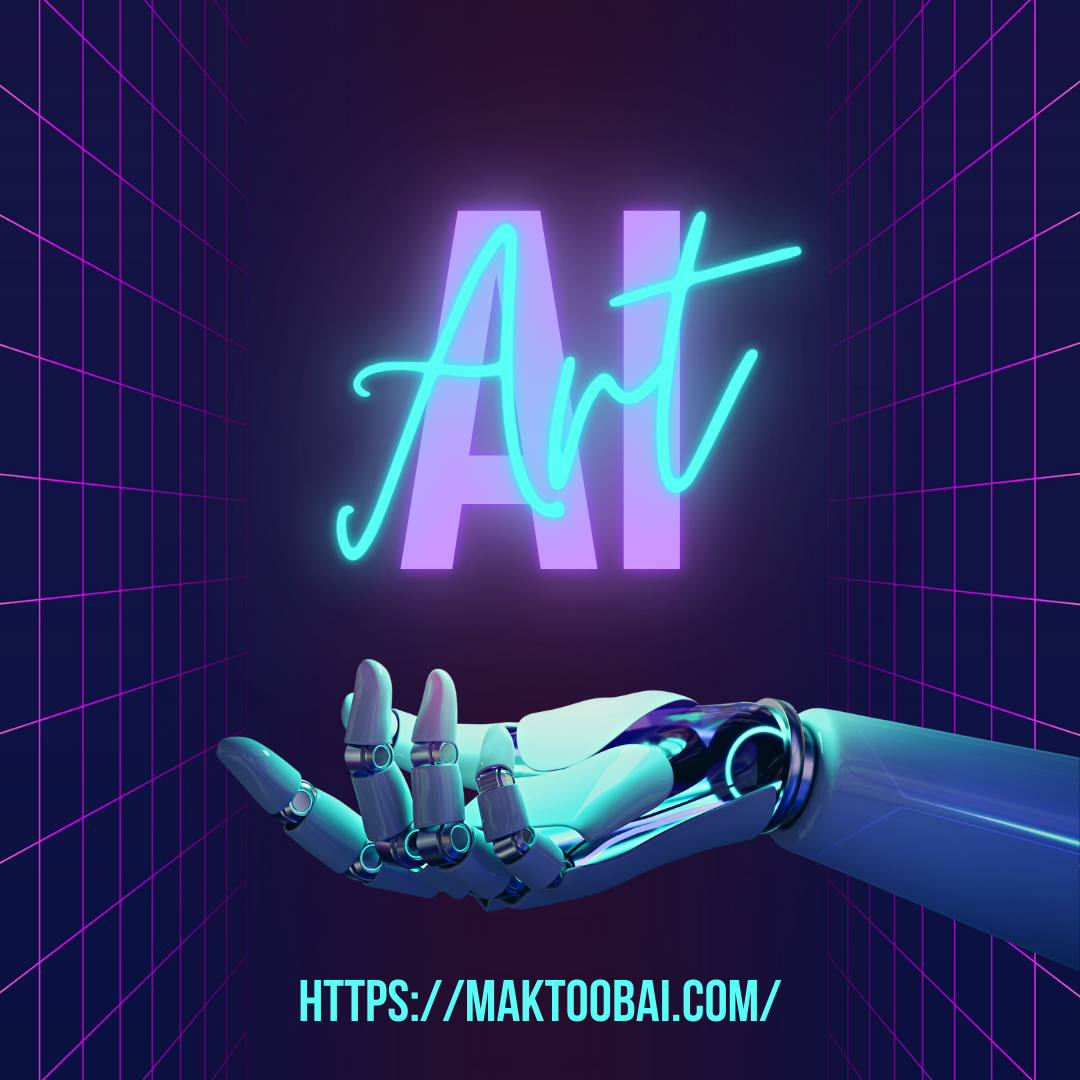Artificial Intelligence (AI) is revolutionizing education, and one of the most impactful applications is in the automation of grading and feedback. Traditionally, grading and providing meaningful feedback have been time-consuming tasks for teachers, especially when managing large classes. AI, however, offers tools that streamline this process, allowing educators to focus more on instruction and student engagement. Here’s a look at how AI is helping teachers automate grading and feedback, and what this means for education.
1. Automated Grading for Objective Questions
One of the primary areas where AI excels is grading objective questions, such as multiple-choice, true/false, or fill-in-the-blank tests. AI algorithms can quickly assess answers to these types of questions, providing instant results. This is particularly useful in large classrooms or online learning environments where grading by hand can be impractical.
Tools like Gradescope and Google Forms use AI to grade tests in real-time, offering teachers the opportunity to assess student performance almost immediately after submission. Students also benefit from receiving instant feedback, which helps them identify areas of improvement right away.
How it helps:
AI-powered tools save teachers hours of manual grading, enabling them to focus more on instruction and less on administrative tasks.
2. AI-Powered Feedback for Open-Ended Responses
Grading essays, written responses, or other open-ended tasks can be challenging for teachers due to the subjective nature of evaluating writing quality, argument coherence, and creativity. AI-based tools like Grammarly and Turnitin can assist in this area by analyzing written content for grammar, syntax, and plagiarism.
More advanced AI systems, such as those developed by OpenAI or IBM Watson, can even assess the overall structure and clarity of an argument, offering constructive feedback on how students can improve their writing. These AI systems can handle large volumes of essays efficiently and provide feedback that is consistent and unbiased.
How it helps:
AI tools provide faster, more objective feedback on writing tasks, helping students improve their writing skills while reducing the workload on teachers.
3. Real-Time Feedback for Students
In traditional education, feedback is often delayed due to the time it takes for teachers to grade assignments. With AI, students can receive real-time feedback as they work through problems or assignments. Platforms like Socratic by Google and EdTech allow students to receive immediate hints and suggestions while solving problems or completing essays.
AI-driven tools also monitor a student’s performance and can provide personalized feedback, guiding them toward the correct answer or a better understanding of the topic. For example, an AI-based math tutor might offer step-by-step feedback as the student progresses through a problem, identifying errors and correcting them along the way.
How it helps:
Real-time feedback encourages students to engage more actively with their learning materials, offering immediate insights and corrections that help reinforce learning.
4. Reducing Grading Bias
One of the concerns in traditional grading is the potential for bias, whether it’s conscious or unconscious. Grading biases can stem from personal preferences, inconsistent evaluation methods, or even fatigue when reviewing numerous assignments. AI offers a solution by applying consistent evaluation criteria across all students’ work.
For example, AI grading systems for essays use pre-programmed rubrics to ensure that each student is evaluated on the same standards, removing the possibility of subjective bias. AI-based essay grading systems analyze various elements like structure, coherence, and vocabulary usage without any influence from external factors, ensuring fairness.
How it helps:
AI reduces human bias in grading, ensuring that every student is assessed based on the same objective criteria, which leads to a more equitable learning environment.
5. Supporting Teachers in Large Classrooms
For educators handling large classes, managing grading and feedback for each student becomes overwhelming. AI tools ease this burden by automating much of the grading process. In large-scale online courses or MOOCs (Massive Open Online Courses), AI-driven platforms such as Coursera and edX have been instrumental in managing the grading process for thousands of students simultaneously.
These platforms use AI algorithms to grade assignments, quizzes, and even peer-reviewed essays. Teachers are left with more time to engage with students, lead discussions, or create more innovative lesson plans instead of spending countless hours grading.
How it helps:
AI enables educators to manage larger student populations without compromising the quality of instruction or the speed at which feedback is delivered.
6. AI-Enhanced Peer Review Systems
AI is also transforming peer-review processes in classrooms. Traditionally, peer review can be inconsistent, as students may not have the skills or confidence to provide effective feedback to their classmates. AI can augment this process by guiding students in providing constructive feedback and ensuring that the comments made are valuable and relevant.
For example, AI tools like Peergrade help facilitate structured peer feedback by providing students with criteria to follow and analyzing their responses to ensure quality. This not only improves the peer-review process but also teaches students critical thinking and evaluative skills.
How it helps:
AI enhances peer reviews by ensuring that students provide valuable feedback, creating a more collaborative learning environment.
7. Providing Actionable Insights from Grading Data
Another advantage of AI-powered grading systems is their ability to analyze large datasets and provide actionable insights for teachers. AI tools collect data from student assessments and can identify patterns in performance, helping teachers understand which topics or concepts students struggle with the most.
For instance, AI can detect that a large portion of the class is having difficulty with a particular mathematical concept, prompting the teacher to revisit that topic or offer additional resources. Tools like Edulastic use AI to generate data-driven reports on student performance, giving educators the insight they need to adapt their teaching methods to better meet student needs.
How it helps:
AI-generated insights allow teachers to quickly identify learning gaps and adjust their instruction accordingly, leading to a more targeted and effective teaching approach.
Conclusion
AI is revolutionizing how teachers approach grading and feedback, streamlining what has traditionally been a labor-intensive and often subjective process. From automating the grading of objective tests to providing real-time, personalized feedback on written work, AI is making it easier for teachers to manage their workload while offering more tailored support to students. As AI continues to evolve, its role in enhancing the education system will only grow, enabling a more efficient and personalized learning experience for both teachers and students.


